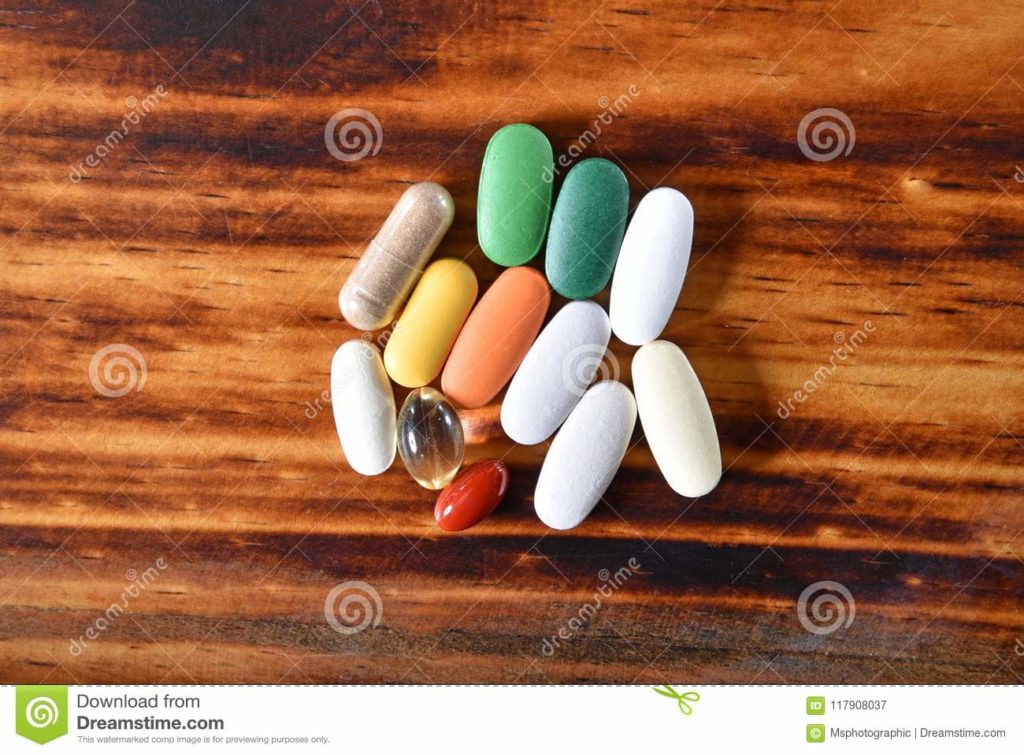Introduction:
Myofascial release is a type of physical therapy often used to treat myofascial pain syndrome. Myofascial pain syndrome is a chronic pain disorder caused by sensitivity and tightness in your myofascial tissues. These tissues surround and support the muscles throughout your body. The pain usually originates from specific points within your myofascial tissues called “trigger points.
How does Myofascial Release work?
Your therapist will gently massage the myofascia and feel for stiff or tightened areas. Normal myofascia should feel pliable and elastic. The therapist will begin massaging and stretching the areas that feel rigid with light manual pressure. The therapist then aids the tissue and supportive sheath in releasing pressure and tightness. The process is repeated multiple times on the same trigger point and on other trigger points until the therapist feels the tension is fully released.
Who Might Benefit From Myofascial Release?
Patients with myofascial pain syndrome frequently benefit from this type of therapy. People who experience chronic headaches may also find relief from myofascial release. Gently massaging on tightened muscles in and around the neck and head may reduce headaches.
Some people with venous insufficiency, which occurs when blood pools in the deep veins of the leg, may also be candidates for myofascial release. During venous insufficiency, the blood pool stretches and eventually damages the veins in your legs. You may experience an aching and painful sensation in the affected leg. Myofascial release might be used in conjunction with other treatments to reduce the pooling and pain caused by venous insufficiency.
What Are the Risks of Myofascial Release?
However, massage isn’t ideal for people:
- with burns, injuries, or painful wounds
- with fractures or broken bones
- with fragile or weak bones
- with deep vein thrombosis or deep vein issues
- taking blood-thinning medications
In very rare cases, massage therapy may cause:
- internal bleeding
- temporary paralysis or difficulty moving your muscles
- allergic reaction to oils, gels, or lotions
- nerve damage
Conclusion:
Myofascial therapy can be a precursor and complement to other treatments. Patients who engage in myofascial therapy also may benefit from other forms of nonsurgical care that aim to control pain and keep muscles and joints warm and loose. These include:
- Using non-prescription pain relievers such as acetaminophen or ibuprofen
- Applying heat to soothe constricted muscles or using ice to calm swollen areas
- Performing self-stretching exercises to maintain flexibility and increase range of motion or aerobic exercise to increase blood flow to the affected areas.
Myofascial therapy can also enhance or assist other treatments to increase their effectiveness such as acupuncture, manipulation, physical therapy, or occupational therapy. Myofascial release therapy can also improve skeletal and muscular alignment prior to a surgery, or help athletes achieve better alignment prior to sports competitions.
By targeting specific areas of the fascial system, myofascial therapy can help prepare patients for more aggressive forms of strengthening, or provide pain relief for patients with restricted flexibility and movement, thus allowing patients to return to normal movement and greater function.



